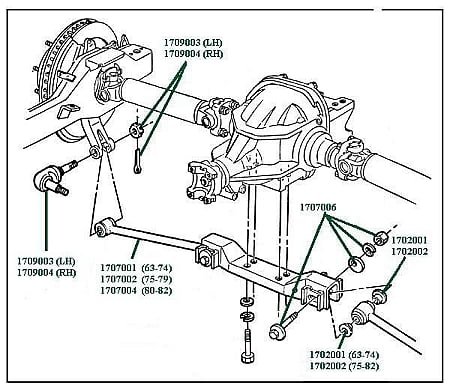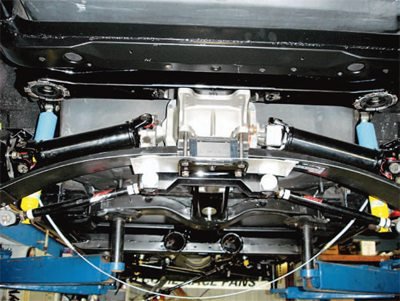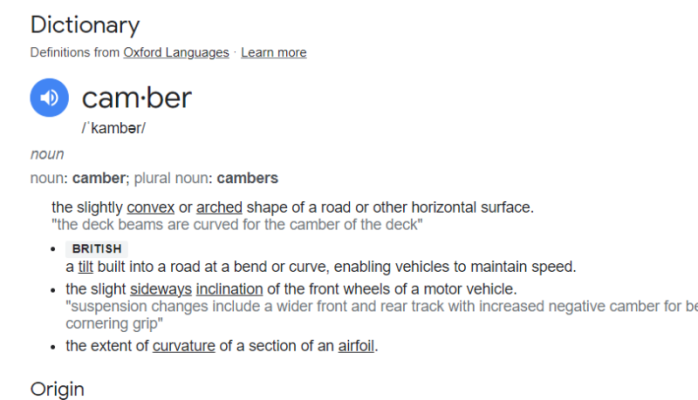j-c-c-62
Well-Known Member
No it does not. the front eye location is fixed, as the spring moves up, it may lengthen the spring as it straightens towards horizontal, but it mainly moves the axle rearward on that side, and forward on the opposite side., inducing roll oversteer, which in most cases is frowned on.I've held a Journeyman's Cert since 1978 and had never heard that either. The explanation fails to take into account the straightening of the spring as it deflects. So while moving up in it's arc pivoting on the front eye brings the axle forward, straightening of the spring arc increases the distance from eye to centre bolt thus moving it rearward.
This is not my revelation. It's well documented and usually misunderstood, like here.
We are assuming here the spring arc is never becoming inverted, and why I first noted the "over arch" aspect concern, but even if the inverted arc presented, in most cases the handling would go from oversteer to understeer quickly making handling likely extremely unpredictable.
Last edited:


















